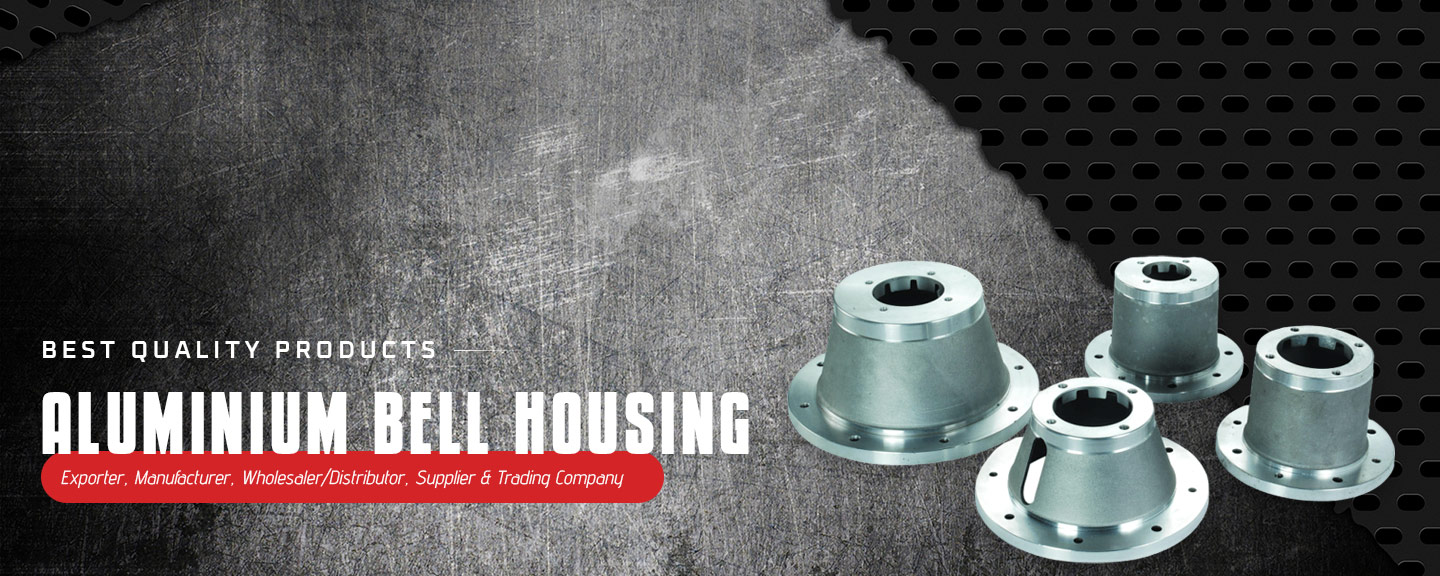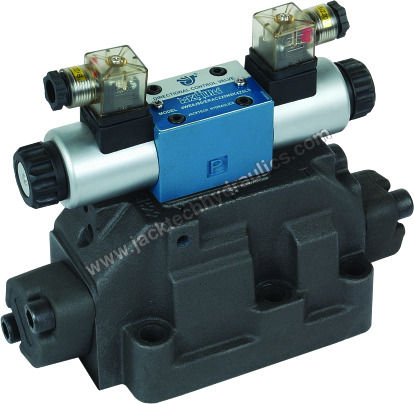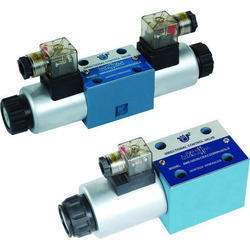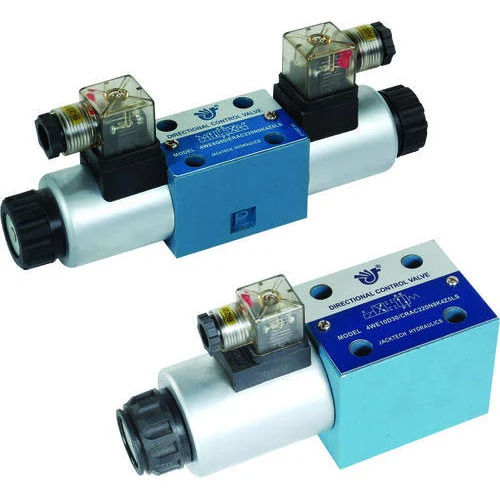
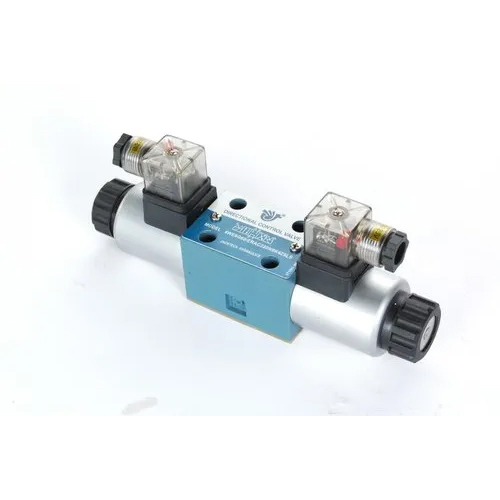
2 Way Solenoid Valve
2000 INR/Piece
Product Details:
- Size Standard
- Product Type 2 Way Solenoid Valve
- Usage Industrial
- Material cast iron
- Way Type Two-Way
- Pressure Medium Pressure
- Media Water
- Click to view more
X
2 Way Solenoid Valve Price and Quantity
- 2000 INR/Piece
- 1 Piece
2 Way Solenoid Valve Specification
- High
- Standard
- Medium Pressure
- cast iron
- Water
- 2 Way Solenoid Valve
- Industrial
- Two-Way
Product Description
A 2-way solenoid valve is a type of electromechanical device used to control the flow of a liquid or gas. It has two ports: an inlet and an outlet. The valve is actuated by an electric current through a solenoid coil.
Here's a basic overview of how a 2-way solenoid valve works:
1. Valve Body: The valve typically has a cylindrical or rectangular body with two openings, representing the inlet and outlet. The internal structure of the valve includes a plunger, seal, and orifice.
2. Solenoid Coil: The solenoid coil is an electromagnetic coil that surrounds the plunger inside the valve. When an electric current is applied to the coil, it generates a magnetic field.
3. Plunger: The plunger is a movable core inside the solenoid. When the solenoid is energized, the magnetic field pulls the plunger into the coil. This movement affects the internal mechanism of the valve.
4. Valve Action: In a 2-way solenoid valve, the movement of the plunger controls the flow of the fluid. When the solenoid is not energized (de-energized state), the plunger is in its resting position, and the valve is closed. When the solenoid is energized, the plunger moves, opening the valve and allowing the flow of fluid from the inlet to the outlet.
5. Spring (Optional): Some solenoid valves may have a spring to return the plunger to its original position when the solenoid is de-energized, closing the valve.
2-way solenoid valves are commonly used in various applications, such as controlling the flow of water, air, or other fluids in industrial processes, HVAC systems, irrigation systems, and more. They are known for their quick response time and ability to provide precise control over fluid flow.
Tell us about your requirement

Price:
Quantity
Select Unit
- 50
- 100
- 200
- 250
- 500
- 1000+
Additional detail
Mobile number
Email

